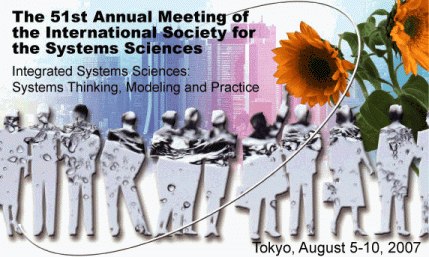Equifinality in the Value Added Tax System
Keywords:
equifinality, value added tax systemAbstract
Equifinality is the equality in final achievement in a system by different means. It has often been referred to as multicausality, which means that there may be a multiple number of initial causes but at the end, the final accomplishment will be the same for any of these causes. In this chapter, it will be examined how in the Value Added Tax (VAT) system there exist the systemic feature of equifinality. Equifinality can be used as a significant tool to analyze the VAT system from the viewpoints of various system inputs and thereby the system can be made flexible to any pressure group’s interest as well as the economic policy of a new political government. With proper understanding and application of the systemic feature of equifinality in the VAT system, we can maximize revenue output with minimum cost. To achieve a desired certain percentage of revenue growth, costs of several inputs can be assessed and their possible outcomes can be evaluated. A comparatively better policy measure (input) can be adopted towards achieving the desired level of revenue growth (output). For instance, three separate inputs to achieve 30 percent growth in the collection of VAT can be individually ascertained. Those are 10 percent increase in the administrative manpower in the VAT system or 15 percent increase in logistics support (transportation, radio-communication, use of defensive firearms, sophisticated technological office equipments etc.) to the existing manpower or motivation of the VAT concerned people (both VAT-payers and VAT-collectors) at the cost of 3 percent VAT revenue earned. Any of these three inputs supposedly may lead to 30 percent growth of VAT collection (final output). There may exist more alternatives hidden inside the VAT system to achieve the objective of equal percentage of revenue growth. Study regarding the feasibility of these types of alternatives merits attention for understanding the VAT system and producing significantly more revenue out of the system. This article is organized into three sections examining three different mechanisms (each with an alternative) through which the VAT system maintains equifinality. The article is concluded with an assertion that with more efforts on the part of researchers and practitioners with regard to the systemic characteristic of equifinality embedded in the VAT system – the system can be made a more effective revenue generating machine.Published
2007-07-31
How to Cite
Abdur, R. M. (2007). Equifinality in the Value Added Tax System. Proceedings of the 51st Annual Meeting of the ISSS - 2007, Tokyo, Japan, 51(2). Retrieved from https://journals.isss.org/index.php/proceedings51st/article/view/767
Issue
Section
Finance and Economics

